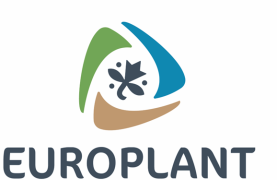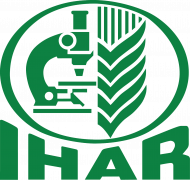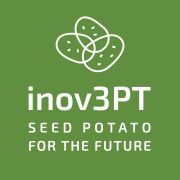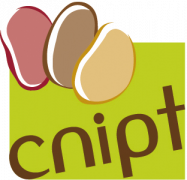Abstract
This study investigates the effects of intermittent microwave drying (IMD) on the drying characteristics, energy consumption, and quality of potato slices, using different power levels (240 W, 400 W, 640 W) and pretreatments (ethanol, hot water blanching, citric acid). IMD significantly reduced drying time, with 400 W and 640 W power levels shortening the drying time by 54.55% and 74.55%, respectively. Ethanol pretreatment (100%) further reduced drying time by 30.91%. The effective moisture diffusivity (Deff) ranged from 3.29 × 10−9 to 1.10 × 10−8 m2 s−1, increasing with higher power and pretreatment application, while the drying coefficients (S) improved, reflecting enhanced moisture removal rates. On the other hand, artificial neural network (ANN) modeling demonstrated superior predictive accuracy for drying behavior, with RMSE values as low as 0.0008 and R2 values near 0.9999 in comparison to Midilli and Kucuk and Page models. Energy efficiency improved with higher power. As the specific moisture extraction rate (SMER) increased, while the specific energy consumption (SEC) decreased. IMD preserved the color of potato slices, with no significant change in lightness (L*), while slight increases in redness (a*), and yellowness (b*) were noted. Shrinkage, particularly in thickness, was influenced by power levels and pretreatments, with ethanol pretreatment causing the greatest shrinkage due to cell disruption. In conclusion, IMD, especially when combined with ethanol pretreatment, enhances drying efficiency and product quality, offering a viable method for potato processing.















